Nature has a sense of timing that borders on magical.
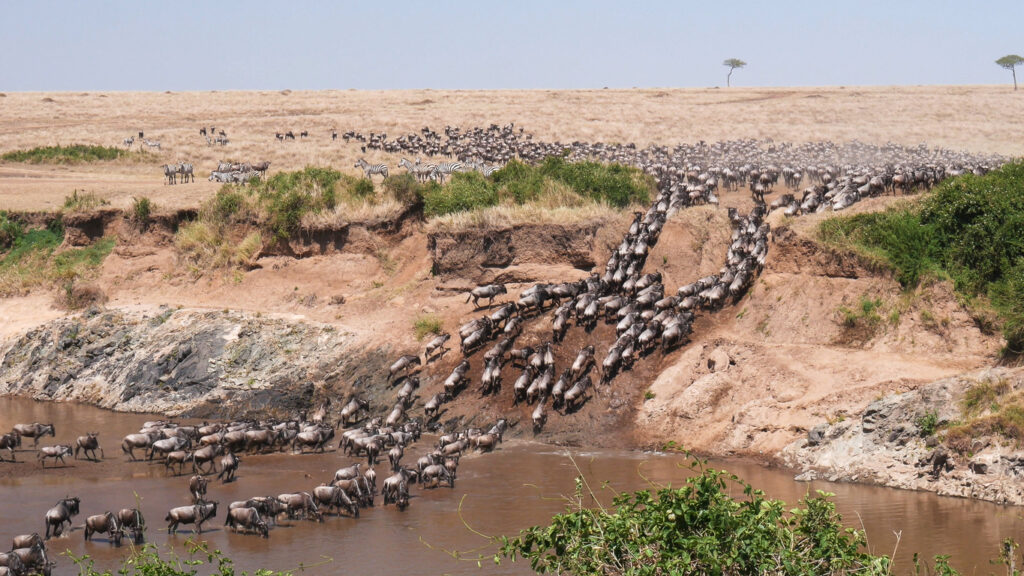
Some of the world’s most mind-blowing wildlife events don’t just happen once a year—they happen during one precise hour. Whether it’s guided by temperature, moonlight, or a coded evolutionary clock, these moments are fleeting, unpredictable, and strangely exact. Blink, and you’ll miss them. Here are 12 rare wildlife events that prove timing really is everything in the natural world.
1. Coral spawning on the Great Barrier Reef

Once a year, during a full moon in late spring or early summer, corals across the Great Barrier Reef release their eggs and sperm into the water—at the exact same hour. The entire reef system synchronises, turning the ocean into a blizzard of tiny pink spheres.
It usually begins about 90 minutes after sunset, and only lasts for one or two hours. The timing is so precise that researchers use lunar calendars to predict it. Miss that window, and you’ll have to wait another year to see this otherworldly underwater bloom.
2. The firefly light show in the Smoky Mountains
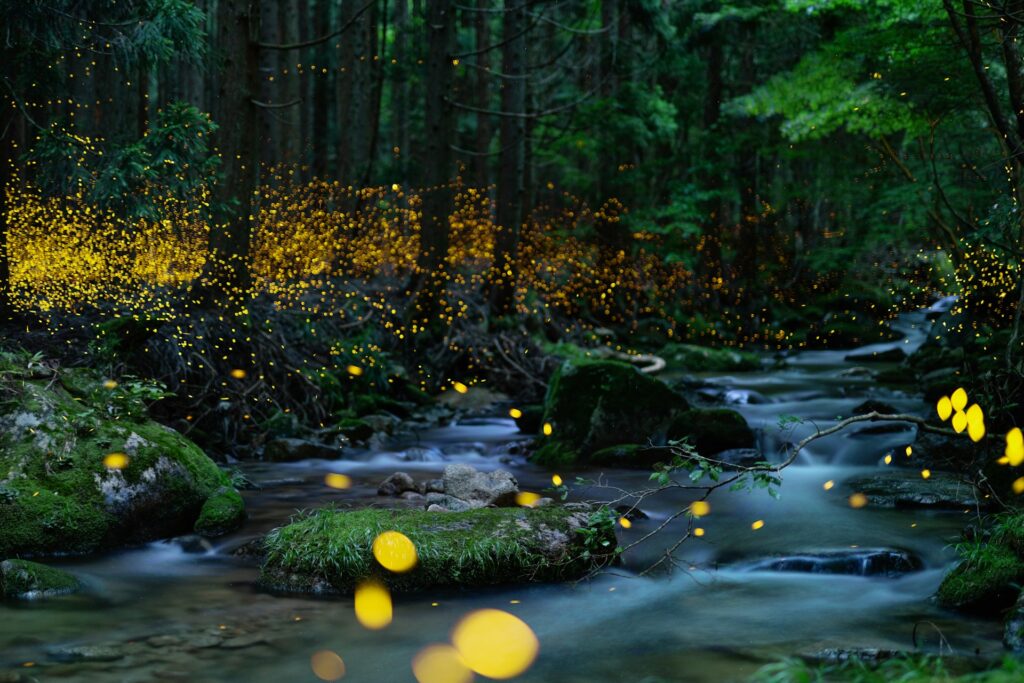
Every year in late May or early June, a certain species of firefly in the Smoky Mountains flashes in perfect synchrony—for just a couple of hours each night, during a very narrow window of days. But the real show only kicks off within a particular 30–60 minute span after dusk.
Locals and scientists monitor temperature, humidity, and moonlight to predict the exact night and time. The forest goes dark, then suddenly hundreds of thousands of fireflies light up in perfect rhythm. It’s one of the rarest light displays on Earth—and it fades quickly.
3. Christmas Island’s red crab migration
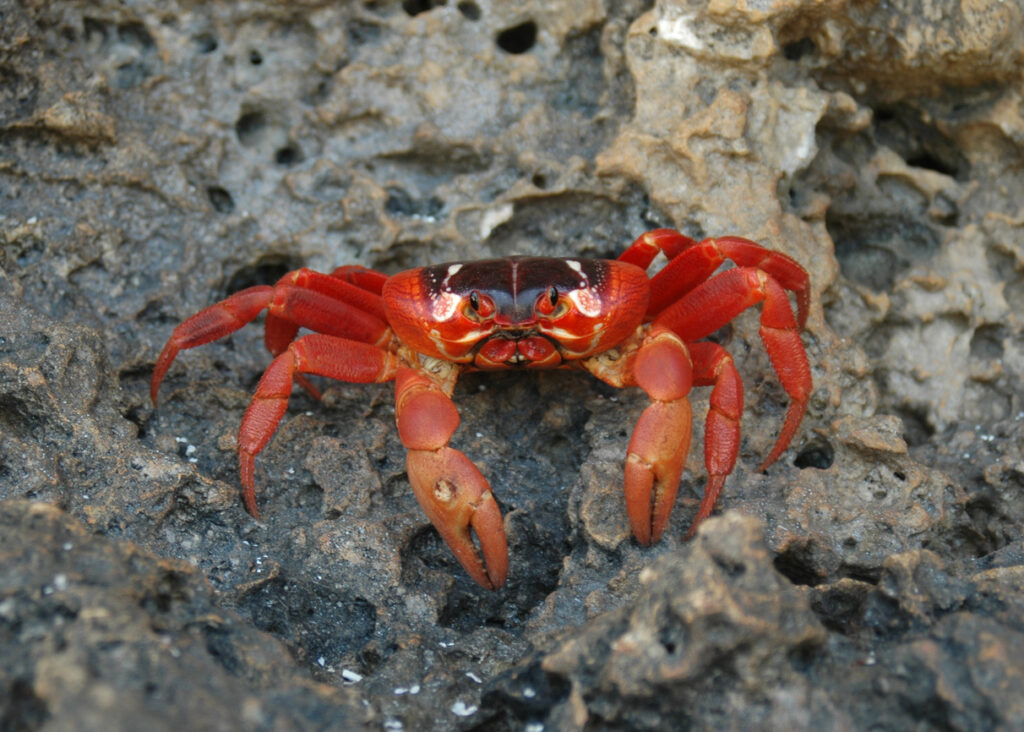
Each year, around the beginning of the wet season in October or November, millions of red crabs emerge from the forest to march to the sea. But the peak moment—when the females release their eggs into the ocean—happens during a precise 30-minute tidal window, just before dawn, on the lowest tide of the lunar cycle.
Locals close roads to make way for the crabs, and scientists track the moon phase like clockwork. That brief release hour is so biologically ingrained that if you miss it, the ocean is suddenly empty again—and the crabs vanish back into the forest.
4. Mayfly hatches on the Tisza River
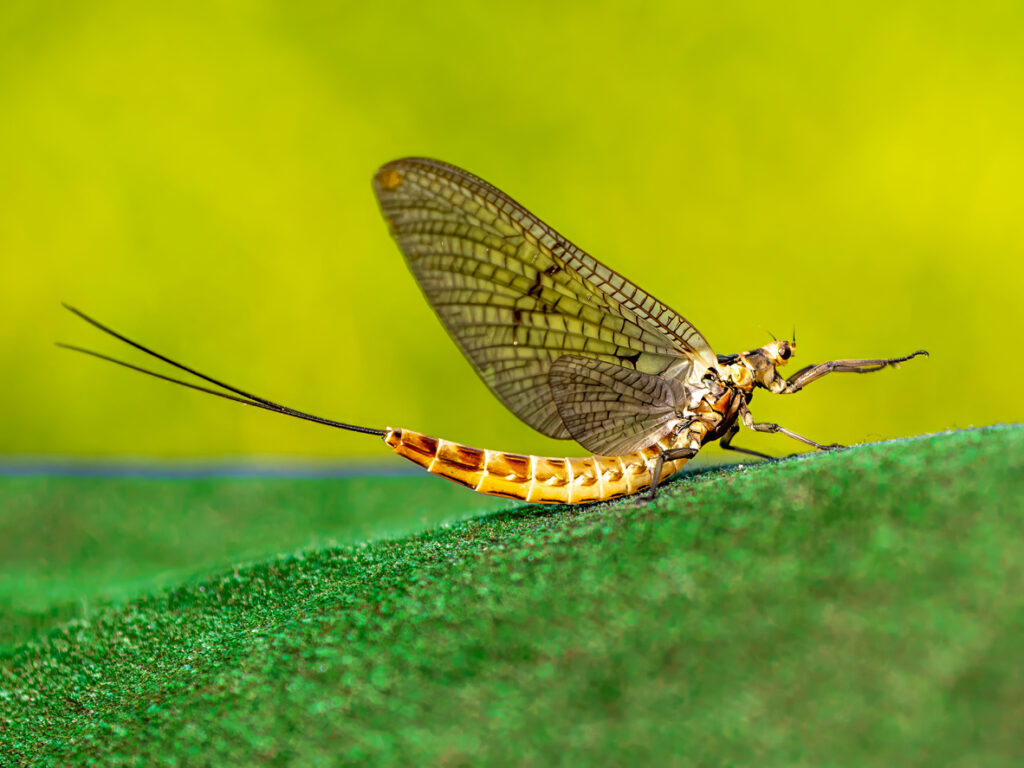
In Hungary, the Tisza River is home to a rare species of mayfly that emerges once a year for a few short hours, in a phenomenon known as “Tisza blooming.” It usually happens in early June and lasts for just one afternoon and early evening.
The mayflies live underwater for three years—only to surface, swarm, mate, and die in the same day. That surge of life (and death) often peaks in a single hour when the river surface is completely covered. Locals celebrate it as a kind of natural festival.
5. Arctic reindeer synchronising calving to the hour
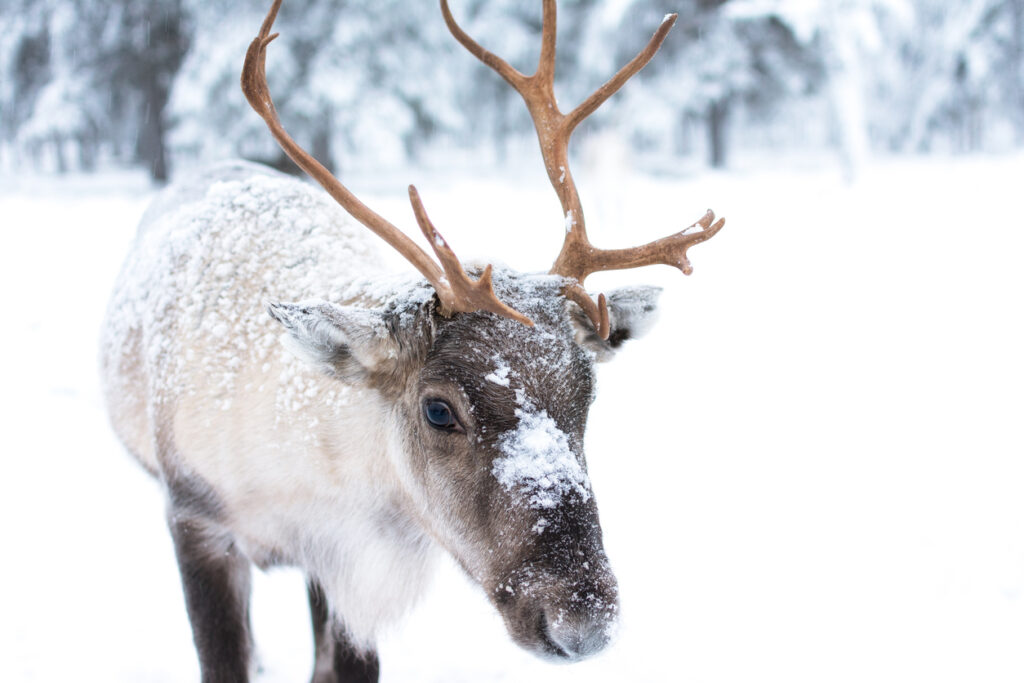
In the high Arctic, reindeer give birth within a shockingly short window—often within the same few hours on the same day. Scientists believe this is a survival tactic, overwhelming predators with too many calves to target at once.
In some herds, over 90% of births happen in the same 24-hour span. The actual labour peaks at a predictable morning hour when temperatures are most stable. If you’re not watching closely, the herd may seem unchanged—until suddenly, it’s full of newborn calves all at once.
6. The black sun starling murmuration in Denmark
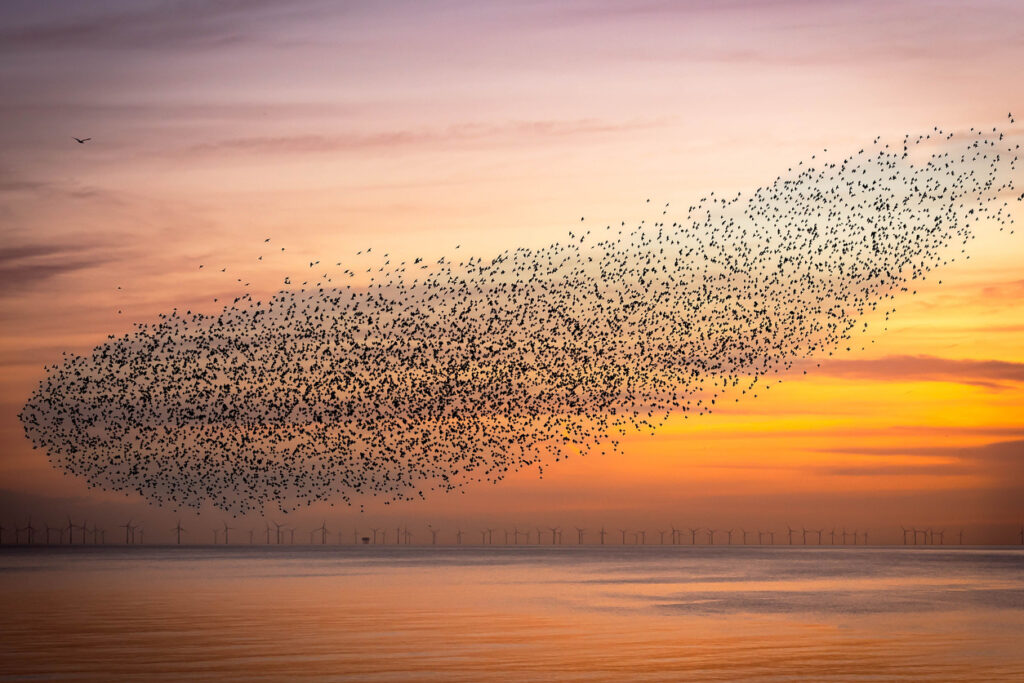
Every spring and autumn, huge flocks of starlings create breathtaking murmurations over the marshlands of Denmark, known locally as “Sort Sol” (Black Sun). But the most spectacular aerial displays usually last for less than an hour, just before sunset.
Thousands of birds swirl in dark waves, reacting in unison as they prepare to roost. The timing depends on light levels and season, and locals show up year after year to catch that exact golden-hour window. Miss it, and the sky clears as quickly as it filled.
7. Japanese fire-bellied newts’ mating dance
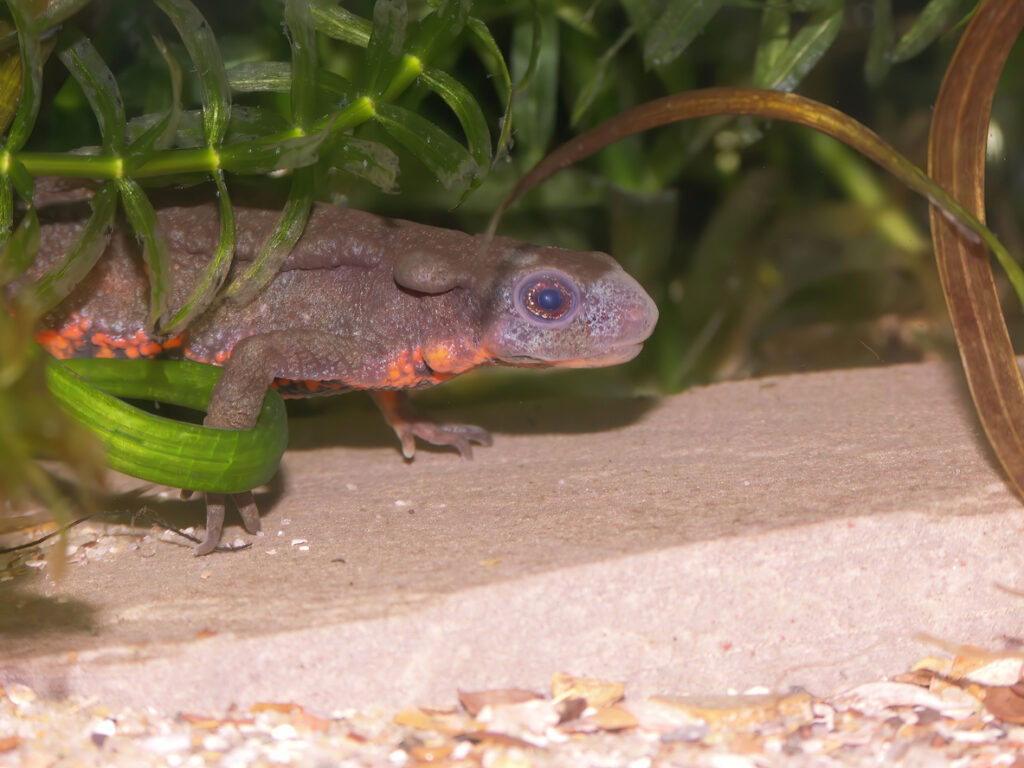
In early spring, just after the ice melts, fire-bellied newts in Japan emerge at dusk to begin their courtship displays. But the window is narrow: the peak activity often happens during a single hour just after twilight, when the water hits a certain temperature.
The males wave their tails, flash their vivid undersides, and engage in ritualised movements to attract a mate. Miss that temperature threshold, and you’ll only see still water. Scientists still aren’t sure why the choreography is so tightly timed.
8. Wildebeest river crossings during the Great Migration
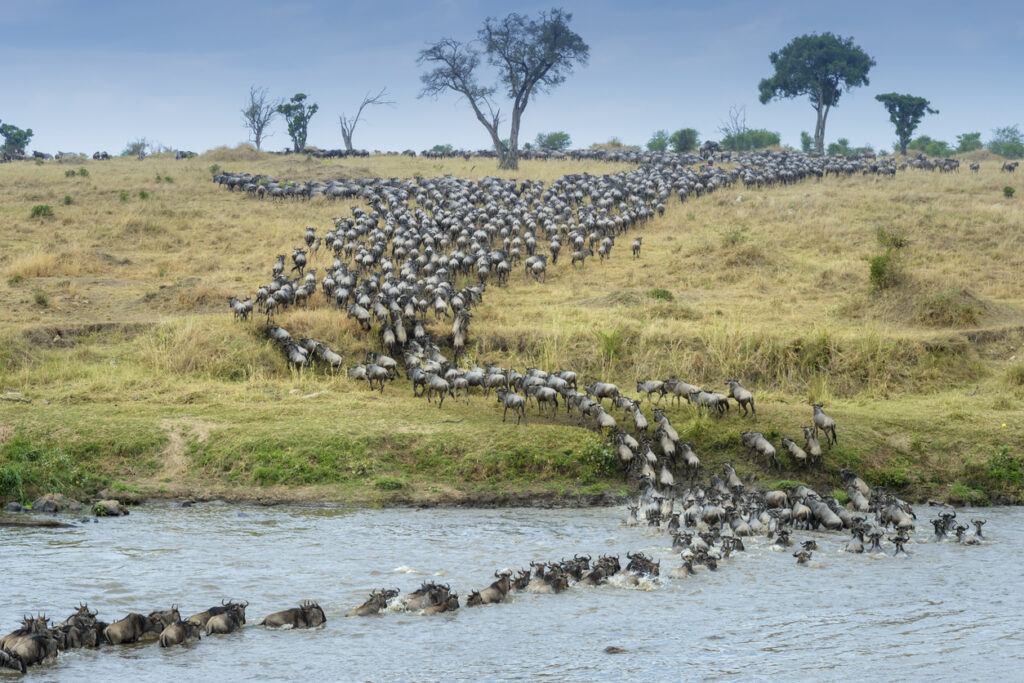
During the Great Migration in East Africa, hundreds of thousands of wildebeest cross the Mara River—but not at random. The biggest, most intense crossings tend to happen within a single hour in the early afternoon, often triggered by one bold animal leaping first.
That short moment unleashes a flood of bodies, dust, and crocodile chaos—then it’s over. You can watch the river for hours with nothing, and then suddenly the entire herd moves. Tour guides literally plan day trips around that one unpredictable hour.
9. Flying foxes leaving their roosts at sunset
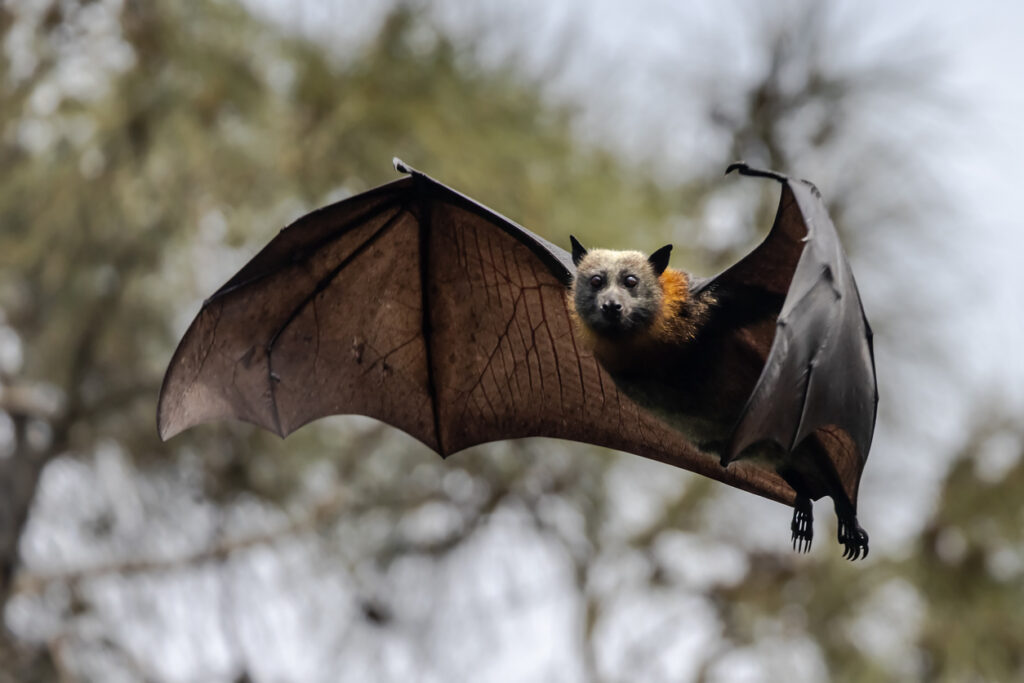
In parts of Australia and Southeast Asia, flying foxes (huge fruit bats) leave their daytime roosts in dramatic waves—sometimes hundreds of thousands strong. It starts suddenly, around sunset, and peaks during a single half-hour stretch as they all launch into the sky.
The sky goes dark with wings, then clears just as fast. It’s not random—it’s coordinated with light levels and internal clocks. Locals know when to look up. If you’re late, all you’ll see is empty branches and distant shadows disappearing into the trees.
10. The snow goose sky explosion in North America
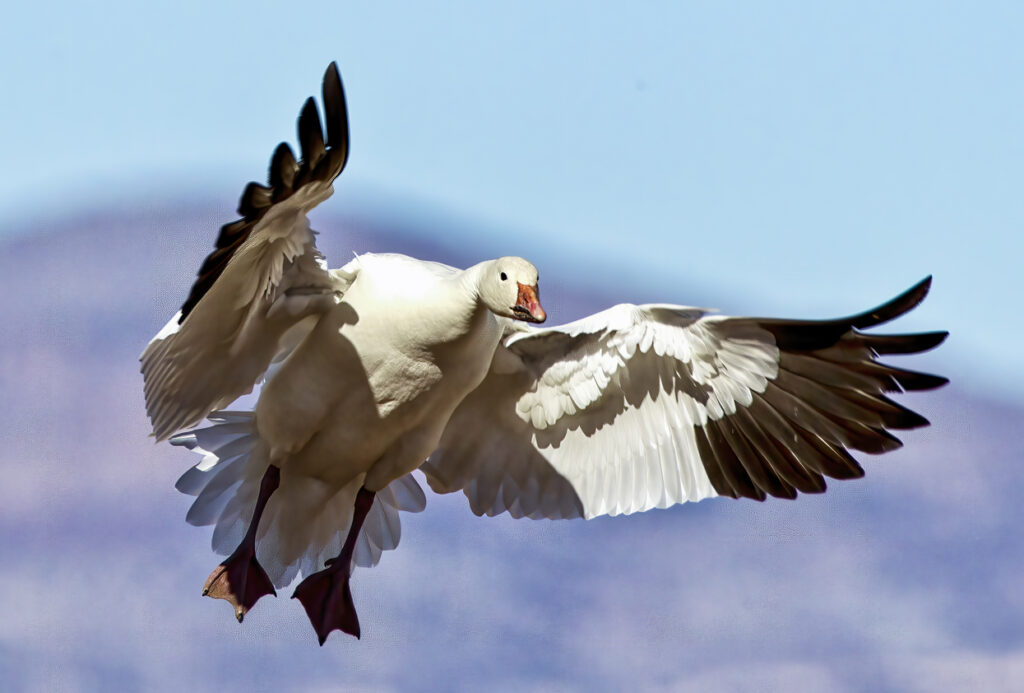
During migration, snow geese gather in vast flocks in fields and wetlands across parts of the U.S. and Canada. At a certain hour—often around dawn—something triggers a sudden mass takeoff. Tens of thousands of birds lift in near-perfect synchrony, turning the sky white for seconds.
No one knows exactly what sets it off—sometimes it’s a predator, sometimes it seems to be internal timing. But it happens fast and ends even faster. If you’re not there for that minute, all you’ll see is feathers drifting in the wind.
11. Horseshoe crab spawning under full moons
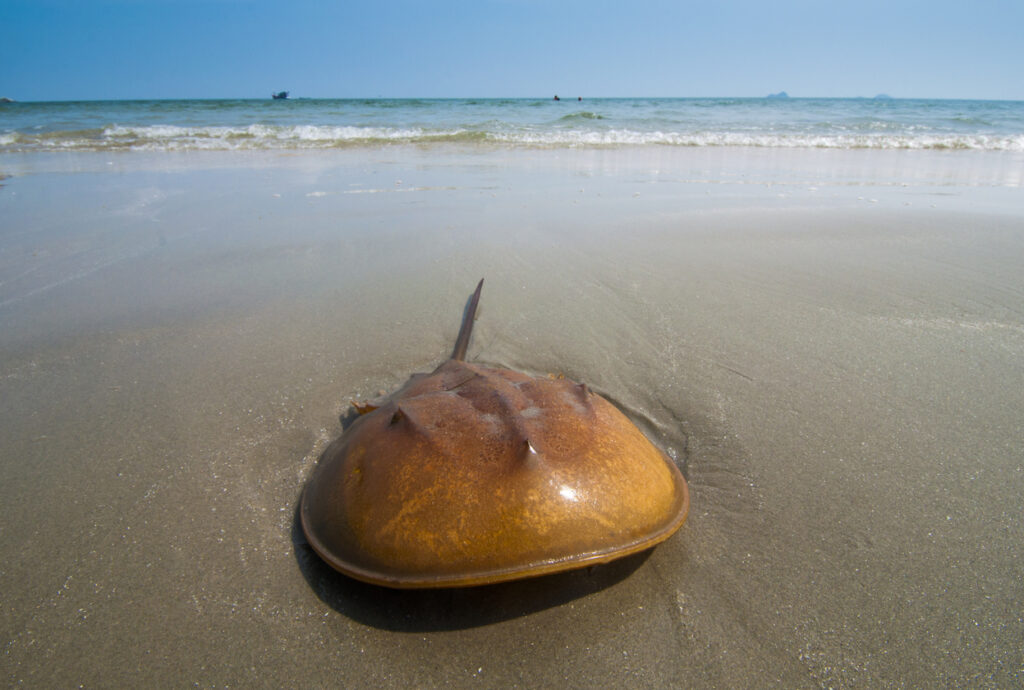
On certain East Coast beaches in the U.S., horseshoe crabs emerge from the water during a single night in late spring, guided by the full moon and tides. They spawn en masse during a two-hour window just after high tide peaks.
It’s such a dependable event that shorebirds time their migrations around it. Scientists and birdwatchers gather with flashlights during those few dark hours to watch prehistoric creatures lay eggs that haven’t changed in over 400 million years.
12. Monarch butterflies taking flight on warm November mornings
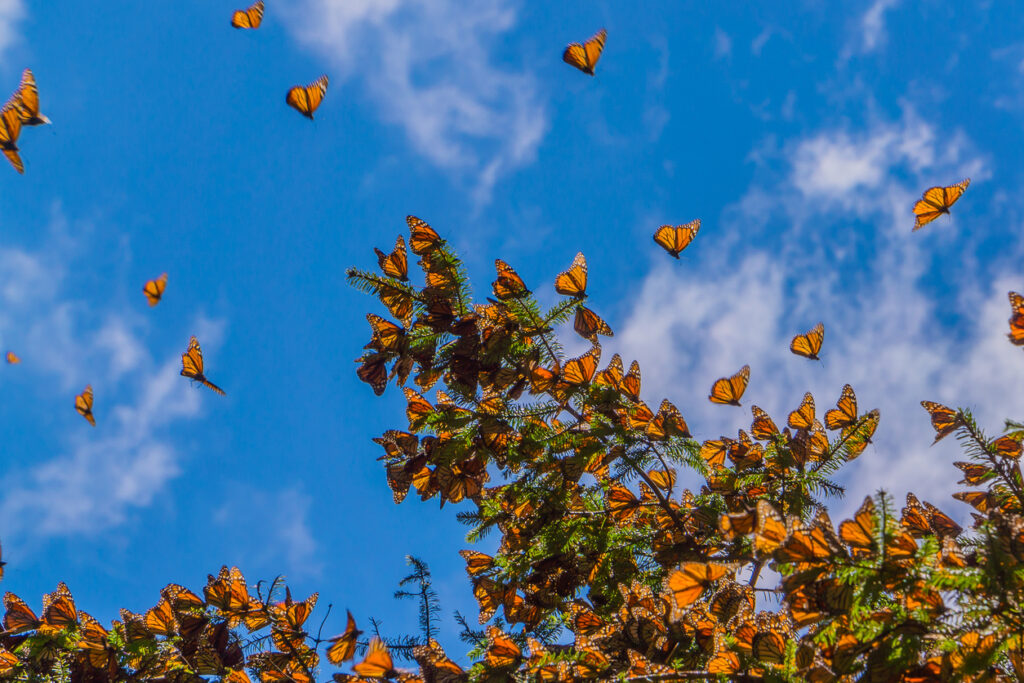
In central Mexico, monarch butterflies gather by the millions in oyamel fir forests. They rest for weeks, covering trees like golden leaves. Then, on one perfect morning—usually in early November—they suddenly take flight in a glowing burst of orange and black.
That moment is often triggered by a rise in temperature around mid-morning. For that one hour, the sky is filled with movement—and then it’s calm again. No one knows why the butterflies pick that exact day. But locals say you can feel it coming in the air.